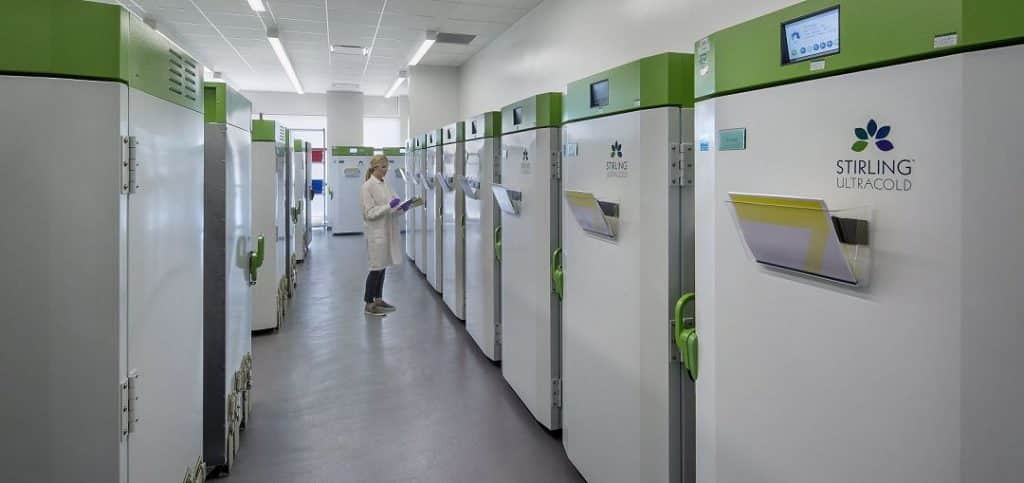F-GAS REFRIGERANTS BACKGROUND AND CLIMATE IMPACT
Fluorinated gases, sometimes referred to as “F-Gases,” are a family of man-made gases used in a range of applications, including use as a heat transfer medium in mechanical refrigeration such as refrigeration and air conditioning systems . F-Gases are potent greenhouse gases that cause ozone depletion along with global warming effects up to 23,000 times greater than R 744 carbon dioxide (CO 2). Chlorofluorocarbons (CFCs) and hydrochlorofluorocarbons (HCFCs) are synthetic fluorinated gases commonly used in a wide range of refrigeration applications for many years.
With greenhouse gas emissions on the increase for decades as Ozone Depleting Substances (ODS), the Montreal Protocol on Substances that Deplete the Ozone Layer was established in 1987 as an international treaty seeking to limit the use of numerous substances that are responsible for ozone depletion, including controls of CFCs and HCFCs that are used as refrigerants.
The increased use of hydrofluorocarbons (HFCs) and perfluorocarbons (PFCs) used for industrial refrigeration, commercial refrigeration, and air conditioning, which were intended to reduce depletion of the ozone layer from CFCs and HCFCs, also had negative climate impact, with HFCs (synthetic refrigerants) and PFCs having high Global Warming Potential (GWP) from fluorinated gas emissions. This has led to subsequent strengthening of the Montreal Protocol through six amendments and the United Nations 2016 Paris Agreement, which have included commitments to cut the production and consumption of HFC refrigerants by more than 80 percent over 30 years.

The European Parliament has also enacted regulations related to the use and marketing of F-Gases in 2006, 2014 and most recently in 2020. Article 13.3 of this latest EU regulation allows for the continued use of F-Gas refrigerants for applications designed to cool materials below -50°C while reducing Global Warming Potential (GWP).
REGULATION GAP EXTENDS USE OF CLIMATE-UNFRIENDLY REFRIGERANTS IN ULT FREEZERS
The 2020 EU revision to F-Gas regulation 517/2014 opens the door for the continued use of high GWP fluorocarbon refrigerants in ultra-low temperature (ULT) freezer systems. For example, HFC R23 (Freon™ 23), is the most common F-Gas still used in many cascade compressor ULT freezer models at an evaporating temperature of -60°C to -100°C, and R23 has a high Global Warming Potential of 14,800!
While the volume of HFCs that can be placed on the EU market is subject to limits and will be phased down over time, most ULT freezer manufacturers continue selling freezers containing HFCs with GWP above 2,500, pointing out that, “the F-Gas regulation (Article 13.3) allows for the continued use of the HFC refrigerant.”
Stirling Ultracold has supported the increasing adoption of natural refrigerants in our industry, in contrast to the significant number of ULT freezer models on the market today still using high-GWP F-Gas refrigerants that are harmful to the ozone layer, including many sold by manufacturers who are promoting “green” and “natural” products and initiatives.
STIRLING’S COMMITMENT TO NATURAL REFRIGERANTS
All Stirling Ultracold ULT freezer models have used natural hydrocarbon refrigerant R-170 (Ethane) with a helium charged free-piston Stirling engine since receiving approval from the United States Environmental Protection Agency’s Significant New Alternatives Policy (SNAP) Program in 2014. Helium has no GWP and Ethane is a natural refrigerant that has a GWP of only 5.5. In comparison, R23, still used in many compressor-based ULT systems, has 2,691 times higher GWP than the R-170 natural refrigerants used in Stirling models. Some HFC refrigerants can be up to 17,000 times more damaging to the environment than the hydrocarbon natural refrigerant used in our energy efficient freezers.

Increasing adoption of Stirling Ultracold ULT storage solutions is becoming a part of many corporate and institutional sustainability programs that are targeting conversion to hydrocarbon-based, natural refrigerant systems in research facilities. Combining the usage of natural refrigerants and the Stirling engine, which uses less than one third the energy of standard cascade-compressor systems, reduces overall carbon footprint, fights against climate impact and global warming to unprecedented levels for ultracold storage.
We are pleased to see the progress that research organizations are making toward reducing climate impact while increasing energy efficiency and are proud that our natural refrigerant ULT products have become a part of that transition.








